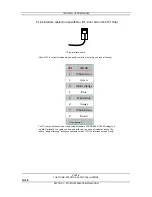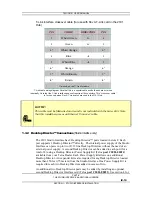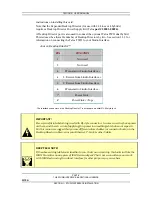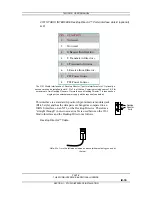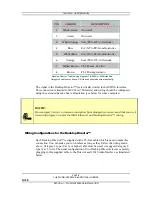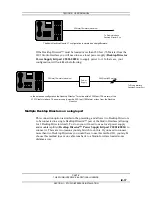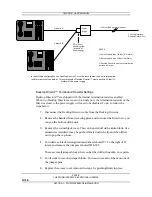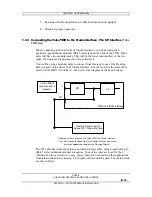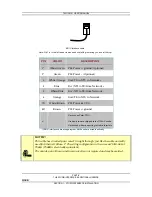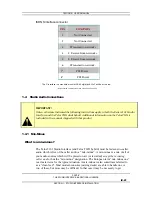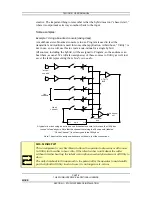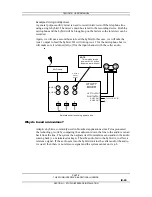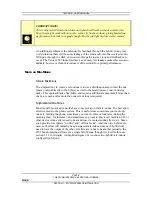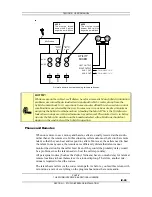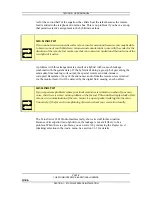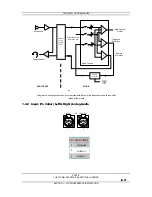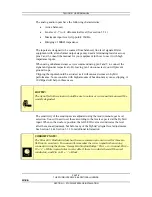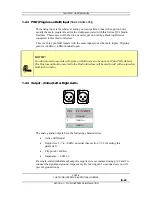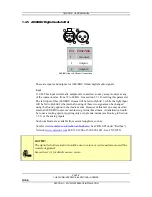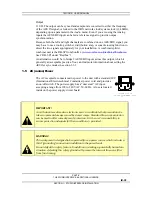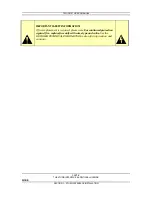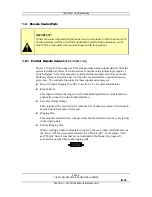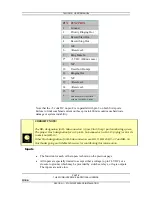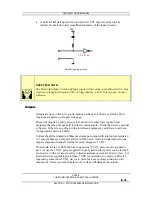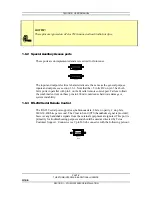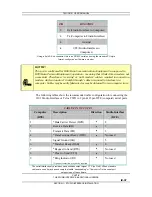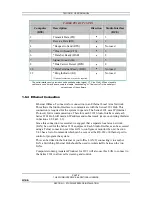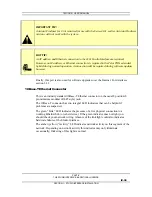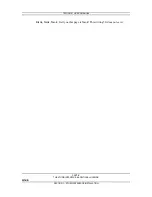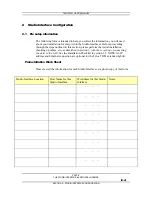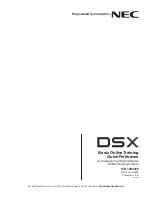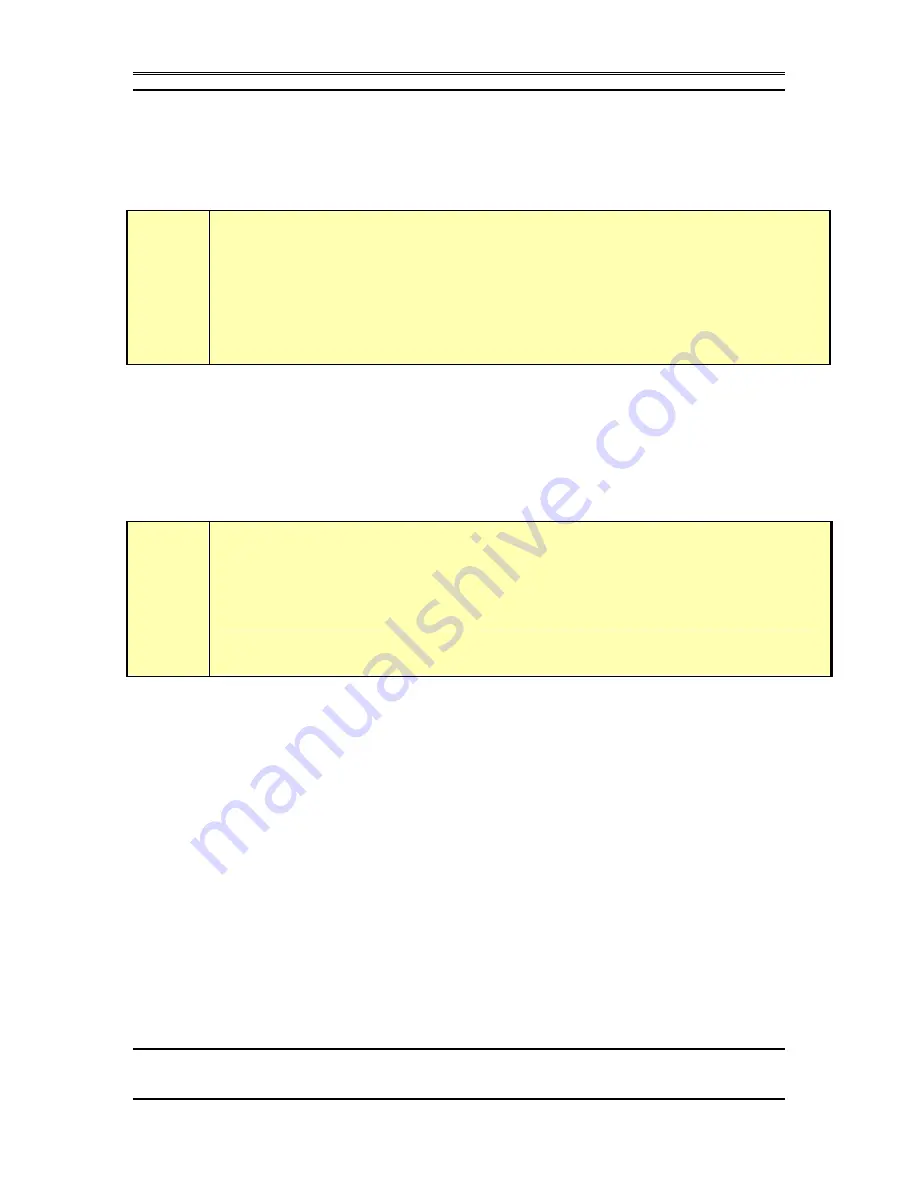
TELOS 2101 USER’S MANUAL
PART IV
THE STUDIO INTERFACE & ADDITIONAL HYBRIDS
IV-26
SECTION 1 – STUDIO INTERFACE INSTALLATION
As for the second half of the equation, the callers hear the talent because the remote
feed is added to the telephone mix-minus bus. This is no problem if you have a set-up
that permits selective assignment to the hybrid mix-minus.
c
MIX- MINUS TIP!
If you cannot create a separate codec mix- minus for occasional remotes, you may be able
to borrow one of your hybrid mix- minuses and console input to use with the codec for the
duration of the remote. Just make sure that your operators understand that only one of the
two hybrids is active.
A problem with this arrangement is a result of a hybrid with too much leakage
combined with the system delay. If the hybrid isn't doing a good job of preventing the
send audio from leaking to its output, the special remote send mix-minus is
corrupted. Remember, if any of the announcer audio from the remote site is returned
via the monitor feed, it will be delayed by the digital link, causing an echo effect.
c
MIX MINUS TIP!
If you experience problems where your local monitor mix contains an echo of your own
voice, then there is a mix- minus problem at the far end. This could be simply a lack of mix
minus, or a contamination of the mix- minus (i.e. open speakers leaking into the mics).
Conversely, if the far end is complaining of an echo, check your mix minus locally.
The Telos Series 2101 Studio Interface really shows its stuff in this situation.
Because of its superior trans-hybrid loss, the leakage is not at all likely to be a
problem. When there is a problem, you can solve it by increasing the DuplexLevel
(ducking) selection in the Audio menu. See section 3.3.1 for details.

